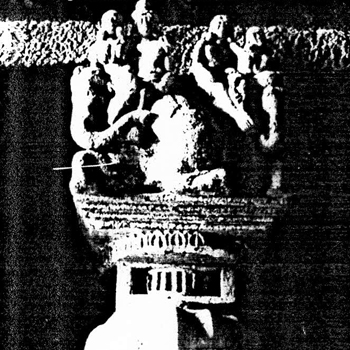If we were to observe all the columns that exist in Hindu architecture lined up in one long row, we would be overawed by the countless forms their outlines define, fascinated by the range and complexity of motifs that adorn their narrow surfaces, and confused as our minds would attempt to segregate and find connections so as to absorb the essence of these unique structures. The richness of motifs and forms is exemplified on the one hand by the surrounding structure, which offers an immediate context, and also by the fact that the information these forms communicate is at varying levels of obvious and symbolic. The variations result from a well-thought-out, predetermined principle rather than a mere juggling of shapes and images. The perfection of form here does not mean a display of physical beauty, but the adequacy of compositional outplay to the significance and inner meaning of the image.
In hindu symbology, the straight is considered active and dynamic. It penetrates, cuts, divides, and disrupts. The movement of the straight line runs into infinite space. It is bodyless and limitless. The forms predominant in the vertical axis are regarded as being in the nature of fire and standing for divine aspirations and illumination. They are imagined to rise upward, raising the spirit of the beholder towards a vision of divine truth.
Hence the column is accorded great importance in Hindu architecture, symbolising as it does a structure that was built to transcend the space and time in which it was erected.
